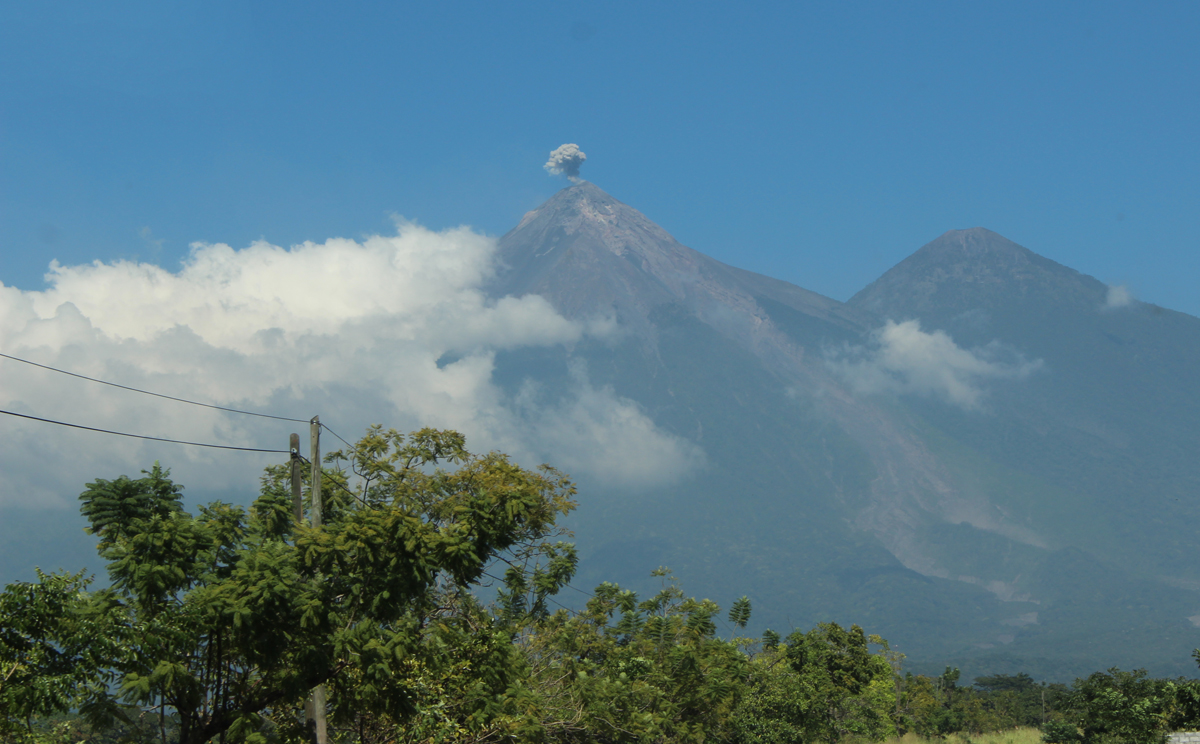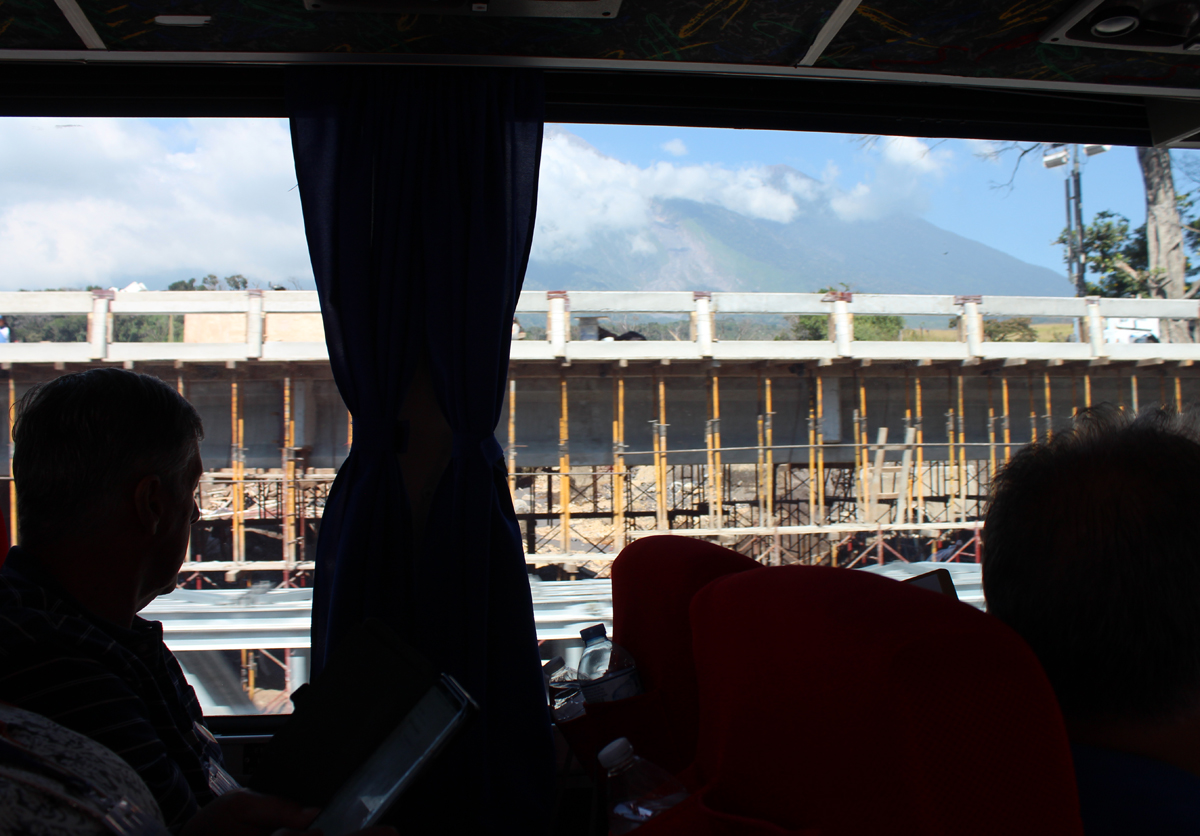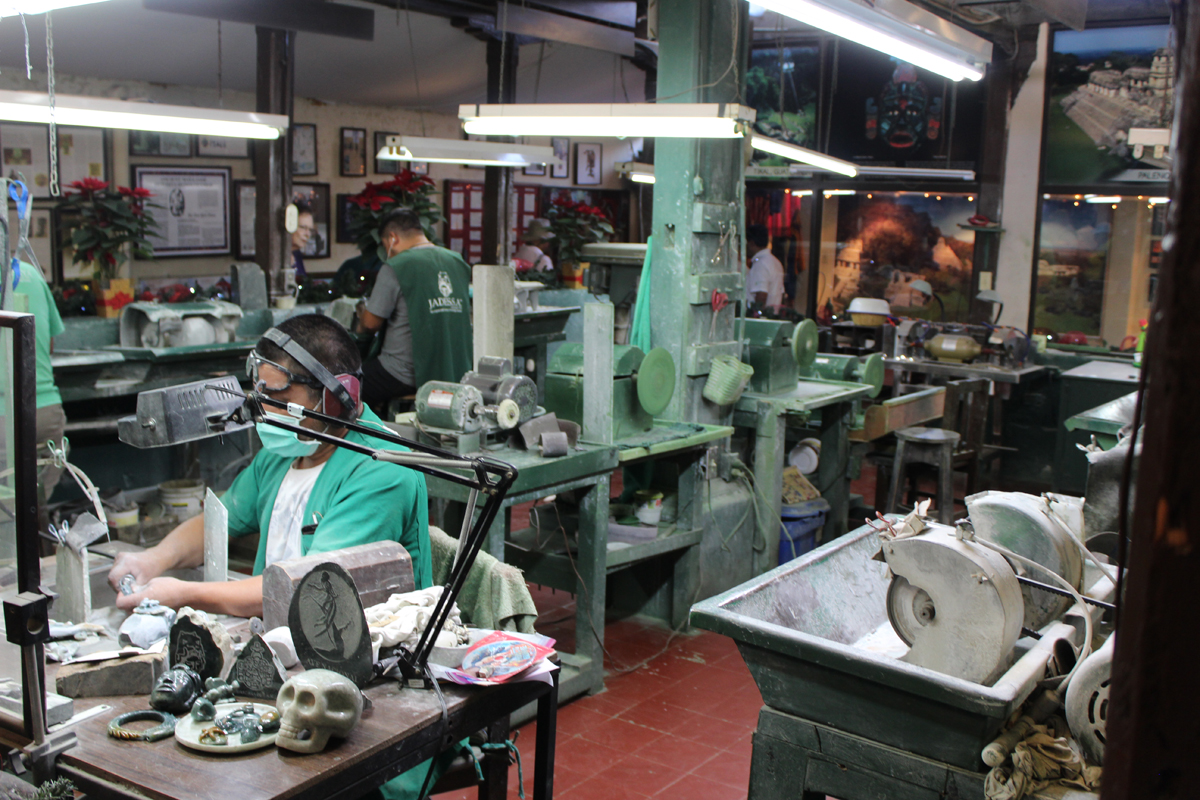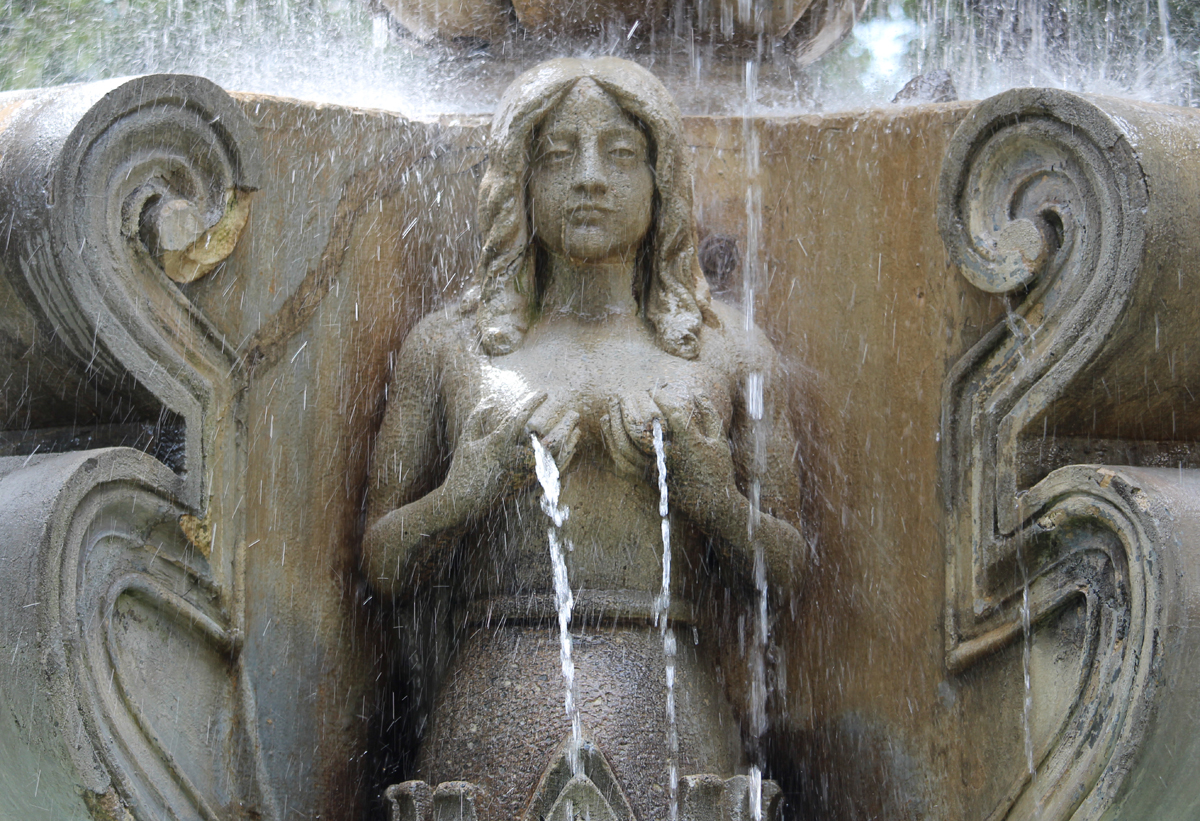When we think of Antigua, we usually think of the Caribbean island, but there are in fact three others. Two of them are small towns, one in Australia and one in the Canary Islands. The subject of today’s tour is the ancient city of Antigua in Guatemala.
Founded in 1543 as Santiago de los Caballeros, it was the third capital of Guatemala which then covered most of Central America and the southernmost state of Mexico. It served as the capital for 200 years before a devastating earthquake forced the capital to be moved to Nuevo Guatemala (present day Guatemala City) in 1773. The old city was renamed Antigua Guatemala or Old Guatemala, later shortened to Antigua.

Antigua is located between two volcanoes, both still considered active, the Volcán de Fuego and the Volcán de Agua. Fire and water! From the harbor at Puerto Quetzal you can see both of them. The Volcán de Fuego is the most active one, constantly erupting. In the photo below you can see a little plume of smoke above it. It erupts about every fifteen to twenty minutes, usually just a puff like in the picture.

Major eruptions are rare but there were two in 2018. One on June 3rd of that year was the most explosive event since 1974, catching everyone off guard and burying several villages under ash and lava. 190 were killed and another 256 were reported missing. It was the deadliest eruption since 1929. The volcano erupted again on November 18th but the area was evacuated in time and there were no fatalities.
The tour bus taking us to Antigua passed between the two volcanos and through much of the countryside damaged by the November eruption.


After passing through the area and a couple of villages, we arrived at the embarkation point for Antigua where we boarded another bus. This one took us right into the old town, much of which has been reconstructed in the 17th century style complete with cobblestone streets. Our first stop was at a jade factory.

Jade Maya is a jade factory founded by archaeologists Mary Lou and Jay Ridinger. The couple discovered jade artifacts in 1974 and developed new jade discoveries as well. Mary Lou herself still runs the factory and museum and gave our tour group an overview of the history of jade in Guatemala.

The museum itself houses many Mayan artifacts and one of the largest lumps of jade anywhere. Skilled artisans are constantly making new pieces of jade jewelry for sale to the public.



After the Jade Maya visit we took the bus to the city’s town square, known as the Parque Central. This area is rich in history and the square itself is a beautiful park with trees and an interesting fountain. Many locals were hawking souvenirs and there were a number of shops on one side of the square.


The old fountain dates back to 1738. It was designed by Diego de Porres, the most outstanding architect of the time. Inspired by the Neptune Fountain in Bologna, Italy, Diego designed the fountain to show four water nymphs or mermaids spouting water from their breasts. Formally known as Las Sirenas, the Sirens, it is often called the Mermaid Fountain.

The heads were destroyed over time but the torsos survived , buried in the rubble. They were rediscovered in 1944 and now reside in the museum at the old City Hall across the street. Upon their discovery, noted Guatemalen architect Roberto González Goyri used them as a basis to recreate the fountain which you see today.

The square was filled with tourists when we were there, and there were plenty of locals in colorful costumes selling various souvenirs. Whatever they were selling, the women often balanced their wares on their heads.


The Parque Central is a perfect square and is surrounded on each side by the old barracks that served as the seat of government for 200 years, the Catedral San José, and by a museum and a variety of shops on the other two sides.

We explored the square and surrounding shops for some time before we boarded the bus again. We then toured some streets and passed the magnificent Iglesia de la Merced and passed under the famous El Arco de Santa Catalina.


We enjoyed our visit to this colorful and historical city. I leave you with two photo galleries, one of the Parque Central and one of the rest of our visit to Guatemala.
